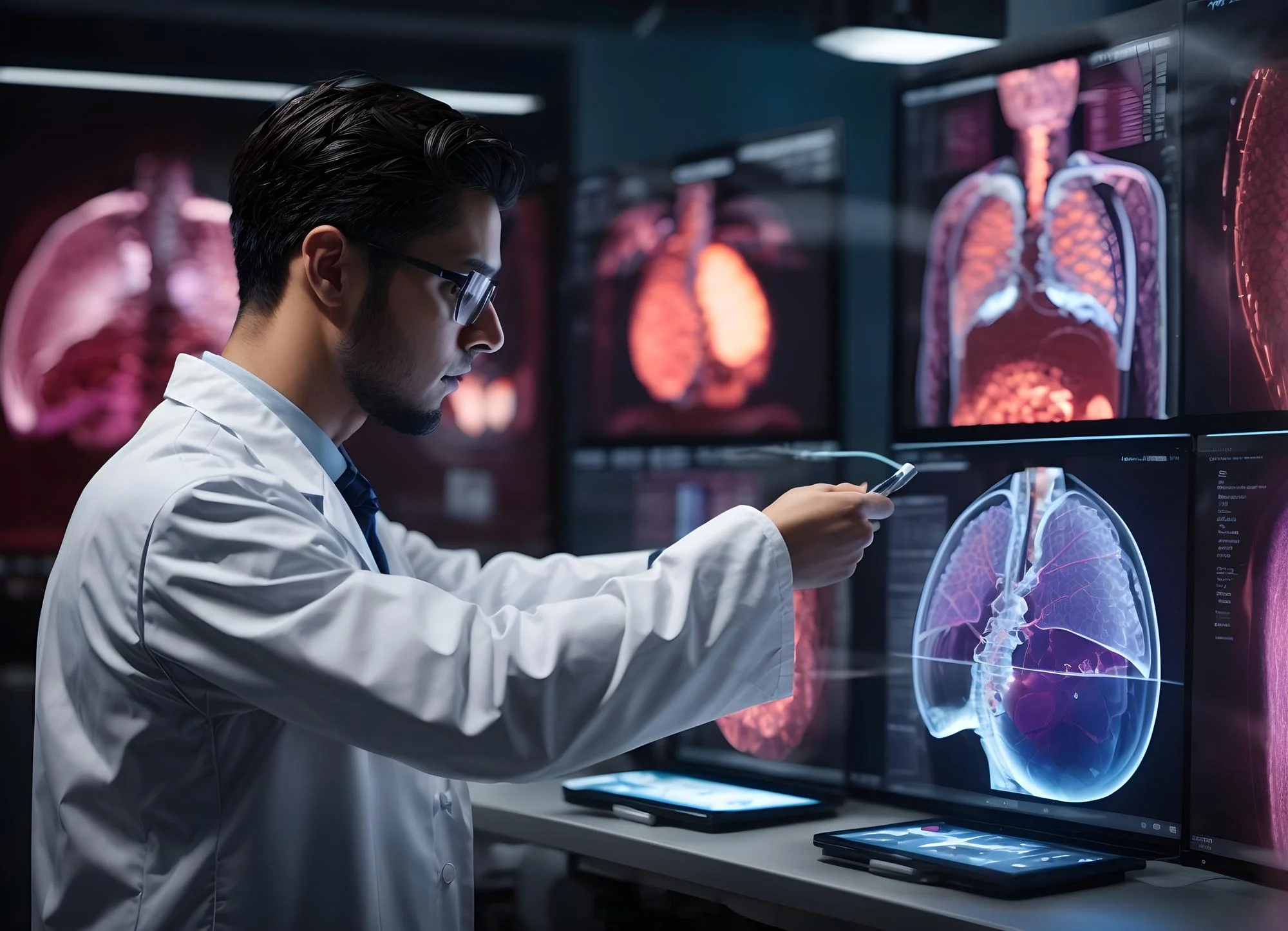Recent findings from a pivotal research study published in “Chemico-Biological Interactions” (DOI: 10.1016/j.cbi.2024.110868) have cast a new light on the innovative therapeutic interventions for Acute Lung Injury (ALI), a severe complication associated with sepsis. In an explorative study, researchers from the Department of Anesthesiology and Surgical Intensive Care Unit at Xinhua Hospital Affiliated to Shanghai Jiao Tong University School of Medicine, alongside colleagues from the Naval Medical University in Shanghai, have delineated the advantageous outcomes of targeting sphingosine kinase 1 (SphK1) to attenuate the effects of ALI by subduing endothelial cell pyroptosis.
In the complexities of sepsis-induced ALI, pyroptosis—a form of programmed cell death amongst endothelial cells—plays a detrimental role in exacerbating lung tissue damage. The study in question, led by Li Siyuan, Xue Xiaomei, Zhang Hui, Jiang Lai, Zhang Yunqian, and Zhu Xiaoyan uncovers compelling evidence, implicating the enzyme SphK1 as a significant contributory factor in the progression of sepsis.
The study conducted analyses on Gene Expression Omnibus (GEO) mouse sepsis datasets and verified the upsurge of SphK1 expression in the lungs of mice afflicted with sepsis. This finding spurred the researchers to further investigate the role of SphK1 in the induction of sepsis-related ALI. Through meticulous experimentation, the scientists administered an SphK1 inhibitor intraperitoneally to mice before exposure to lipopolysaccharide (LPS), a component known to trigger septic responses.
The results were telling. Hematoxylin and eosin (H&E) staining and examination of the wet-to-dry (W/D) weight ratio—metrics indicative of lung tissue integrity and edema—along with the measurement of Evans blue dye leakage—a marker for vascular permeability—confirmed that the SphK1 inhibitor significantly mitigated features associated with ALI. The study also reported an inhibitory effect on the activation of the NOD-like receptor protein 3 (NLRP3) inflammasome, a molecular platform known to mediate inflammatory processes and initiate pyroptosis.
An intriguing aspect of the research involved the use of co-immunoprecipitation (Co-IP) combined with mass spectrometry. These techniques unraveled a novel interaction between SphK1 and pyruvate kinase M2 (PKM2), implicating that SphK1 facilitates the phosphorylation of PKM2, which then translocates to the nucleus. This process appears to be a critical step in the sequence of events leading to pyroptosis and consequent lung injury. In a confirmatory stance, the researchers found that TEPP-46, a stabilizer of PKM2 that inhibits its phosphorylation and nuclear translocation, markedly reduced the expression of pyroptosis-associated markers and alleviated lung injury.
The study’s revelation that targeting SphK1 offers a promising therapeutic strategy opens new doors to combat ALI—a condition that has long challenged clinicians and researchers alike. This discovery is not only a testament to the dedicated scientific inquiry but also heralds hope for patients suffering from the ravages of sepsis-induced ALI.
Keywords
1. Acute Lung Injury Treatment
2. Sphingosine Kinase 1 Inhibition
3. Sepsis-Related Lung Damage
4. Endothelial Pyroptosis
5. Anti-Inflammatory Drug Development
References
1. Li, S., Xue, X., Zhang, H., Jiang, L., Zhang, Y., & Zhu, X. (2024). Inhibition of sphingosine kinase 1 attenuates LPS-induced acute lung injury by suppressing endothelial cell pyroptosis. Chemico-biological interactions, 390, 110868. https://doi.org/10.1016/j.cbi.2024.110868
2. Brinkmann, V., Reichard, U., Goosmann, C., Fauler, B., Uhlemann, Y., Weiss, D. S., Weinrauch, Y., & Zychlinsky, A. (2006). Neutrophil extracellular traps kill bacteria. Science, 303(5663), 1532-1535.
3. Ryter, S. W., & Choi, A. M. (2016). Autophagy in lung disease pathogenesis and therapeutics. Redox Biology, 4, 215-225.
4. Martinon, F., Burns, K., & Tschopp, J. (2002). The Inflammasome: A Molecular Platform Triggering Activation of Inflammatory Caspases and Processing of proIL-β. Molecular Cell, 10(2), 417-426.
5. Wang, Y., & Wu, Y. (2020). The role of sphingosine kinase 1 in cancer: Oncogene or non-oncogene addiction? Biochimica et Biophysica Acta (BBA) – Reviews on Cancer, 1873(2), 188361.
Declaration of competing interest:
The authors declare the following financial interests/personal relationships that may be considered as potential competing interests: Wang Yan reports funding was provided by National Natural Science Foundation of China. Xiaoyan Zhu reports funding was provided by National Natural Science Foundation of China. Lai Jiang reports funding was provided by National Natural Science Foundation of China. Other authors declare no known competing financial interests or personal relationships influencing the work in this paper.
